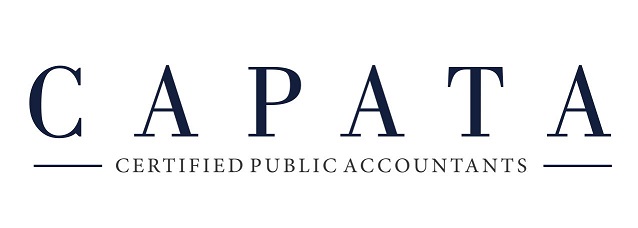Last year a break valued by many charitably inclined retirees was made permanent: the charitable IRA rollover. If you’re age 70½ or older, you can make direct contributions — up to $100,000 annually — from your IRA to qualified charitable organizations without owing any income tax on the distributions.
Satisfy your RMD
A charitable IRA rollover can be used to satisfy required minimum distributions (RMDs). You must begin to take annual RMDs from your traditional IRAs in the year in which you reach age 70½. If you don’t comply, you can owe a penalty equal to 50% of the amount you should have withdrawn but didn’t. (An RMD deferral is allowed for the initial year, but you’ll have to take two RMDs the next year.)
So if you don’t need the RMD for your living expenses, a charitable IRA rollover can be a great way to comply with the RMD requirement without triggering the tax liability that would occur if the RMD were paid out to you.
Additional benefits
You might be able to achieve a similar tax result from taking the RMD payout and then contributing that amount to charity. But it’s more complex because you must report the RMD as income and then take an itemized deduction for the donation. This has two more possible downsides:
- The reported RMD income might increase your income to the point that you’re pushed into a higher tax bracket, certain additional taxes are triggered and/or the benefits of certain tax breaks are reduced or eliminated. It could even cause Social Security payments to become taxable or increase income-based Medicare premiums and prescription drug charges.
- If your donation would equal a large portion of your income for the year, your deduction might be reduced due to the percentage-of-income limit. You generally can’t deduct cash donations that exceed 50% of your adjusted gross income for the year. (Lower limits apply to donations of long-term appreciated securities or made to private foundations.) You can carry forward the excess up to five years, but if you make large donations every year, that won’t help you.
A charitable IRA rollover avoids these potential negative tax consequences.
Have questions about charitable IRA rollovers or other giving strategies? Please contact us. We can help you create a giving plan that will meet your charitable goals and maximize your tax savings.




